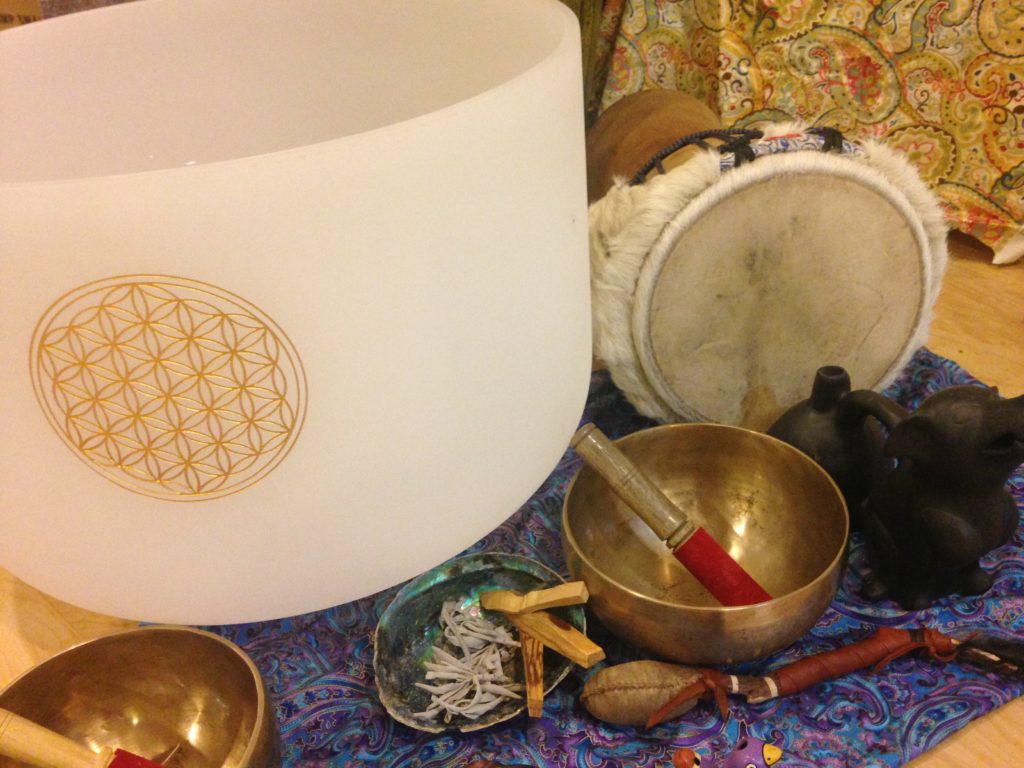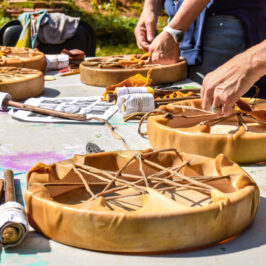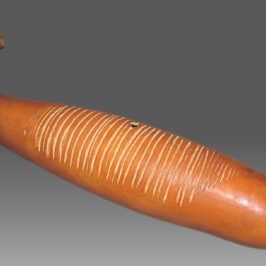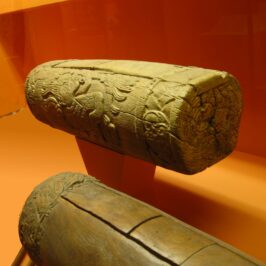
The haunting sounds of Tibetan singing bowls have been used as an aid to meditation for centuries. Originating mainly in Tibet, they are now becoming more popular in the western world, where their spiritual tones are used to aid with meditation and healing, during yoga, and even as a way to help balance chakras.
Origin
Tibetan singing bowls are traditionally believed to have originated as the begging bowls of one of Buddha’s incarnations. Sometimes people mistakenly believe there was only one man named Buddha, though in truth the term Buddha refers to a number of enlightened spiritual leaders throughout history.
Although these singing bowls were used in monasteries in Tibet, Nepal, and India, much information on their early history has been lost. Over the past decades, the Chinese government has taken control of the area, destroying monasteries (and killing many people in the process). Though many of these ancient metal bowls have been lost, along with countless other treasures, some have survived. Today, artists continue to create Tibetan Singing Bowls made of many materials, including bell metal, brass, and even quartz crystal.
How singing bowls are made
 Often, artisans create single bowls. However, some singing bowls are available in sets of between three and seven bowls all tuned to the same musical note (though each is separated by exactly one octave). When played together simultaneously, the sound is both beautiful and surreal.
Often, artisans create single bowls. However, some singing bowls are available in sets of between three and seven bowls all tuned to the same musical note (though each is separated by exactly one octave). When played together simultaneously, the sound is both beautiful and surreal.
Best of all, there’s a note for every chakra or meditation! Bowls tuned to higher notes like A and B affect upper chakras for the third eye and crown chakras respectively, while lower notes like C affect the root chakra. D affects our emotions, residing in the sacral chakra, while our solar plexus, home of our inner vitality and power, resonates to E. The notes of love and the heart chakra reside in F; bowls tuned to G are best for the throat chakra, and affect our ability to communicate.
These singing bowls are for more than chakras; they help with stress reduction and relaxation, even deep meditation. However, they take practice to play correctly. It’s important to play it slowly … going too fast won’t work! Begin by gently striking the bowl with the mallet to warm it up. Slowly rub the mallet around the edge of the bowl, keeping it vertical. Think of it as though you are stirring a huge pot of soup — the motion must come from your shoulder, using your whole arm (not just the wrist). Make sure you hold the mallet straight up and down, and experiment with different speeds. Once you find the right speed, you’ll experience the beautiful, rich tones coming from your bowl.
How to play Tibetan singing bowls
The first time you play your Tibetan Singing Bowls, it may take some time (up to five minutes) for the bowl to warm up. Brand new mallets are perfectly smooth; however, with use they develop tiny micro-scratches that slightly roughen the surface. These tiny surface imperfections are crucial to developing the sounds. With practice, and as the mallet develops, the sound flows more easily.
At Archaic Roots, we sell a range of Tibetan Singing Bowls both singly and in sets. Made of either metal or quartz crystal, they are tuned to many different notes, depending on your needs. Contact us today to find out more or review the current products in our shop!






